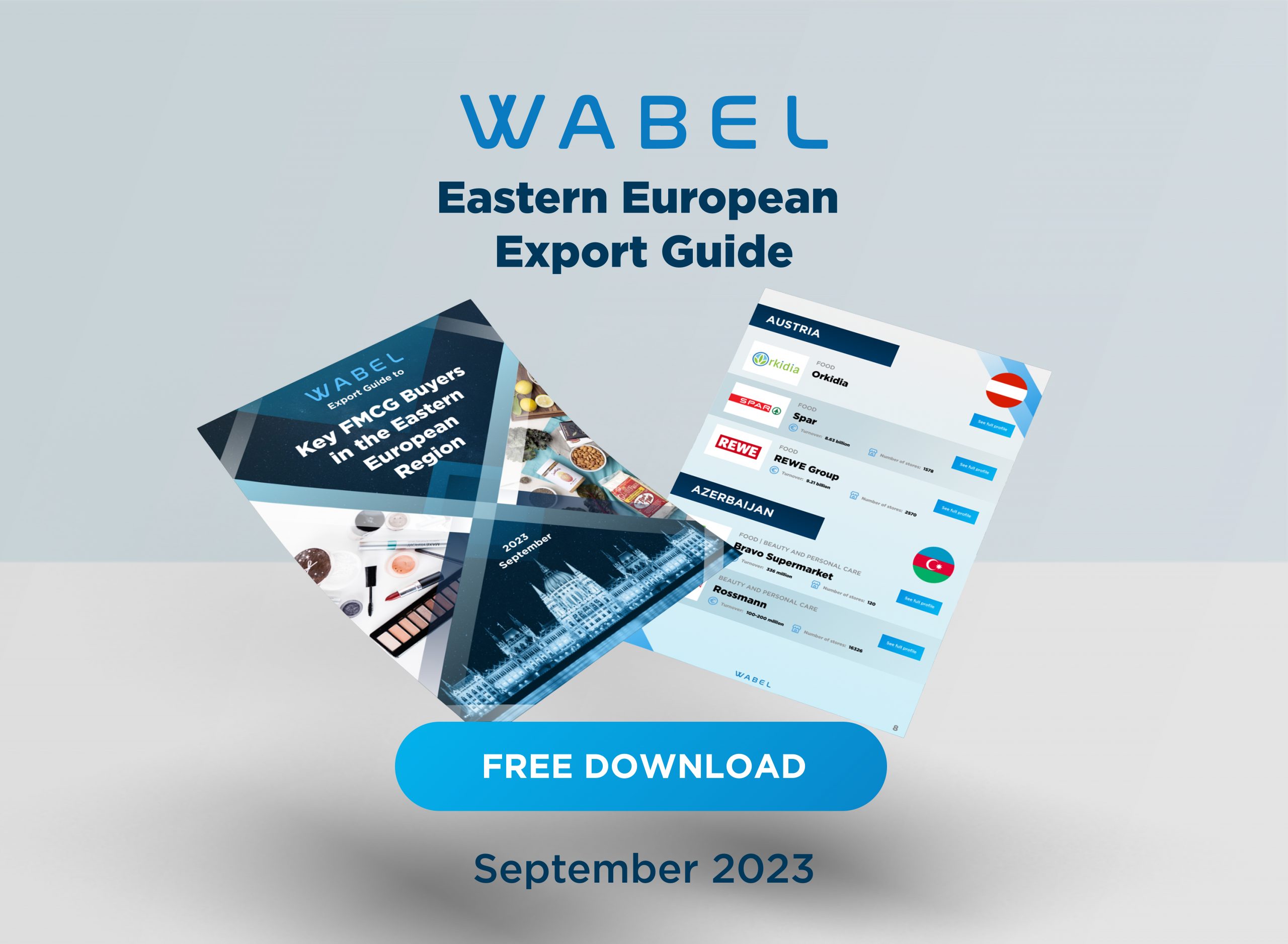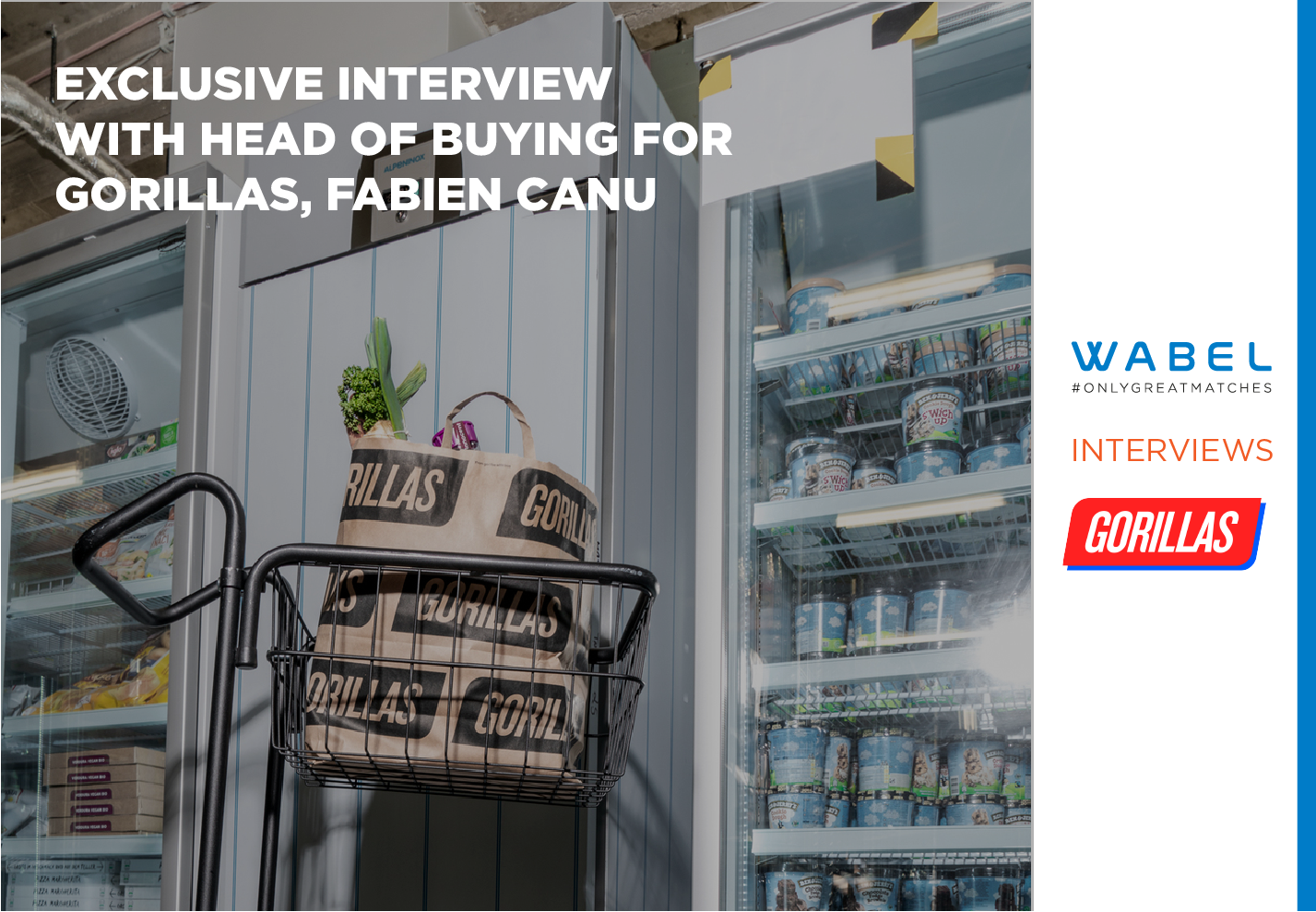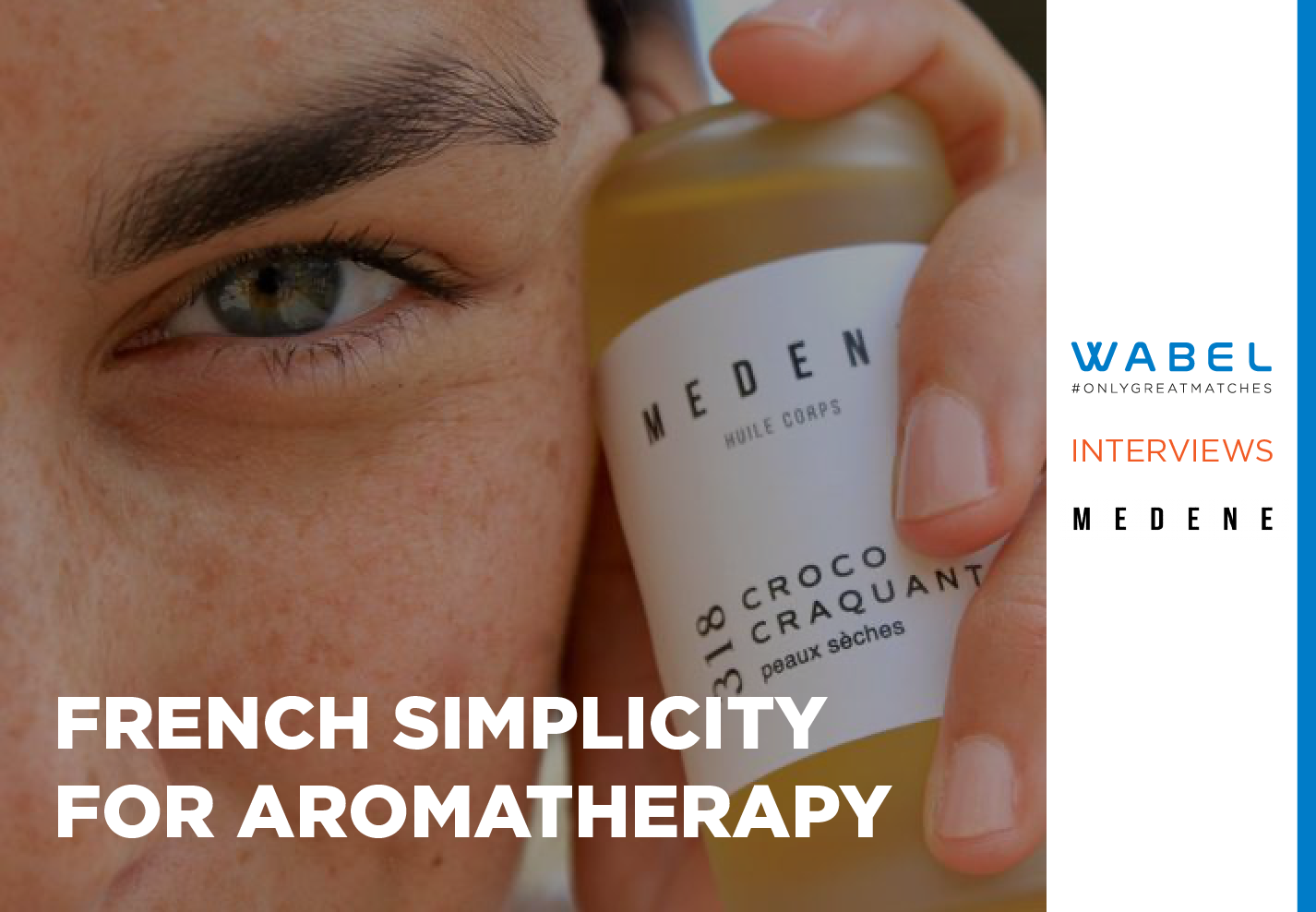Discover the latest update on the Ice Cream and Frozen Desserts sector by Euromonitor International.
Ice Cream Sales
Ice cream sales are projected to increase by an unimpressive 1% in 2016.
While the category’s projected growth is on par with that of confectionery, ice cream continues to underperform both sweet biscuits and savoury snacks for another year in a row. Seasonality, the war against sugar and frozen yoghurt’s declining popularity have all contributed to ice cream’s lacklustre performance.
But perhaps more importantly, the category seems to be fairly vulnerable to economic shocks and seasonal fluctuations in demand. Unlike savoury snacks, which have grown off the back of the cocooning trend during the 2008 global crisis and have overtaken ice cream and frozen desserts as the second biggest snack of choice, ice cream sales growth has dipped in 2008, and fell by 3% in 2015 in both China and Brazil in tandem with the slowdown in both economies.
Against this backdrop, Nestlé, packaged food’s uncontested leader, has recently announced its joint venture plans with Britain’s R&R and enhance its snack portfolio with the addition of ice cream.
Snack Categories in Comparison: Retail Value Sales vs. Growth 2002-2016

Ice cream’s rather dismal performance is down to its biggest markets, including the US, China and Brazil which together account for 55% of global ice cream sales. In all these markets, take-home variants have seen a relatively bigger hit than their impulse counterparts, with take-home set to shrink by 4% in China in 2016 (-6% in 2015), -2% in Brazil in 2016 (-4% in 2015) and posting flat growth in the US.
This further brings home the point that ice cream is likely to remain an impulse purchase, and manufacturers will continue having a hard time to turning it into an all-year-round treat that is bought in bulk. In fact, impulse variant are gaining traction at the expense of take-home ice cream. Manufacturers are increasingly looking for ways to grow their impulse products, as demonstrated by Unilever’s extension of its renowned take-home brand Ben & Jerry’s to 100ml single serve tubs and introduction of Breyers snack cups in its heritage take-home brand Breyers in the US.
In addition, Unilever reduced the price of Cornetto across a number of its key markets, including Turkey, Australia and Italy in order to make the brand a snack that competes directly with chocolate bars. By lowering the price of Cornetto, Unilever is positioning its ice cream as a much more affordable snack which is a move in the right direction. As showcased by Euromonitor’s Industry Forecast Model, market environment demand drivers, including TV advertising expenditure and the penetration of convenience stores, will have a positive impact on impulse ice cream sales while take-home ice cream is set to respond rather negatively to soft factors, such as promotion, product availability and competition.
Ice Cream and Frozen Desserts Retail Sales and Growth by Category in its Biggest Markets 2010-2016

From “fro yo” to gelato
Once hailed as ice cream’s rising star, frozen yoghurt, is quickly falling out of favour. Frozen yoghurt sales have entered a declining trajectory in 2015, which is set to continue this year, with an expected dip 3% globally and 11% in the US, the category’s biggest market by far. The frozen yoghurt market has become saturated too quickly with too many players, including “Big Food” which has recently come under attack by millennials, ice cream’s most fervent consumers. Millennials have also become more concerned about the relatively high fat content that frozen yoghurt contains, along with sweet toppings like cookie dough which artificially up the product’s calorie content. As a result, Unilever decided to close several of its Snog frozen yoghurt shops in London.
In its stead, gelato has entered the ice cream stage. Gelato, frozen yoghurt’s Italian counterpart, which boasts 3.5% butterfat instead of 10% for Greek yoghurt, is perceived to be more authentic and natural than both frozen yoghurt and regular ice cream. In addition, it does not have any of the old, stodgy processed-food characteristics, which resonates with the today’s millennials.
Going forward, frozen yoghurt is set to continue to be negatively impacted by soft factors, such as market maturity, promotion and product availability and it would be wise of ice cream manufacturers to hedge their bets and reduce their reliance on the declining frozen yoghurt category and instead consider diversifying into less seasonal treats like chilled or frozen desserts.
The battle between Unilever and Nestlé
With a 25% share of the global ice cream market and a clear leadership in 75 of the key 80 countries researched, Unilever remains ice cream’s uncontested leader. The company commands a staggering 75% share in ice cream in Turkey, one the fastest growing markets, and a 65% share in the Netherlands, which is home some of the world’s most avid ice cream consumers. But this might soon change.
The Battle in Ice Cream: Unilever vs. Nestlé Market Share (2016)

Nestlé and R&R Ice Cream have recently announced their plans of a joint venture to create a standalone ice cream business which will supply ice cream to 20 additional markets. While this partnership allows Nestlé to latch on to R&R’s established manufacturing expertise and distribution network spanning a plethora of traditional shops and foodservice outlets, it is not without risks.
First and foremost, Unilever’s dominance in the market is hard to break, in particular in countries such as Turkey and Portugal where the brand name (Algida) is almost synonymous with ice cream.
Second, R&R has several old-fashioned brands in its portfolio, like Fab, which do not align with any of the prevailing trends in ice cream, such as premiumisation, indulgence or being naturally-healthy. Nestlé is best advised to focus on countries where Unilever has less than a 40% share and trim its brand portfolio to focus to improve its best-selling brands and tailor them to individual markets.
Prioritising foodservice and travel and tourism sector would also enable the company to gain a competitive edge. If not, Nestlé is better off spinning off the business to free up resources for brands like Maggi, Lean Cuisine and Yinlu which are better aligned with its overall strategic priority of becoming become the world’s leading wellness and nutrition company.
Pinar Hosafci, Senior Food Analyst, Euromonitor International









